We want you to share Forests News content, which is licensed under Creative Commons Attribution-NonCommercial-ShareAlike 4.0 International (CC BY-NC-SA 4.0). This means you are free to redistribute our material for non-commercial purposes. All we ask is that you give Forests News appropriate credit and link to the original Forests News content, indicate if changes were made, and distribute your contributions under the same Creative Commons license. You must notify Forests News if you repost, reprint or reuse our materials by contacting forestsnews@cifor-icraf.org.
The island of Borneo, in Indonesia, is home to the world’s most ancient forest, a 130 million-year-old wonder with trees the size of 26-storey buildings contending for light amid a cacophony of apes, insects, and birds.
Like other rainforests, it feeds flying rivers – atmospheric highways that transport water vapour to basins thousands of kilometres away – and it contains peatlands, a type of wetland that stores twice as much carbon as all the planet’s vegetation.
Around the globe, forests act as guardians of the Earth’s biodiversity, protecting land and water resources, stabilizing the global climate, and sustaining the livelihoods of 1.6 billion people, including around 70 million Indigenous people.
World leaders from 145 countries have committed to halting and reversing forest loss by 2030, but the planet continues to lose the equivalent of almost 10 soccer fields of forest per minute.
As part of our coverage of the 26th IUFRO World Congress, which opened in Stockholm, Sweden, on 23 June, we take you on a journey across the world’s three largest rainforests to explore what they mean for people and the planet; their state; and how they can be sustainably managed for present and future generations.
Amazon, the Mighty
More than 40 percent of the planet’s remaining rainforest is found in the Amazon, which is also home to at least 10 percent of all known species and to 385 Indigenous groups.
In 2023, deforestation in the Brazilian Amazon fell 50 percent year on year due to policy changes. However, it is still almost twice the level in 2012, when it attained a record low.
The growing production of export-oriented commodities like soy, palm oil, beef, leather, cocaine and gold are amongst the main drivers of forest loss in the region. As noted by the Global Forest Watch, concern is growing that feedback loops between deforestation, harsher drought, and higher temperatures could turn parts of the Amazon rainforest into a savannah.
Around one third of the Amazon is now accessible by roads or rivers, facilitating human encroachment and the fragmentation of habitats. Forest edges facilitate the spread of fires and interrupt the migratory corridors species need to survive and produce healthy offspring.
Improving natural resource governance, beefing up law enforcement, and engaging the private sector in improving agricultural practices are some ways of changing the current trajectory.
Other priorities are fighting poverty, harnessing performance-based payment mechanisms, and unlocking an annual USD8 billion bioeconomy by 2050 by putting sustainably produced Amazonian forest products like açaí berries and Brazil nuts in global markets.
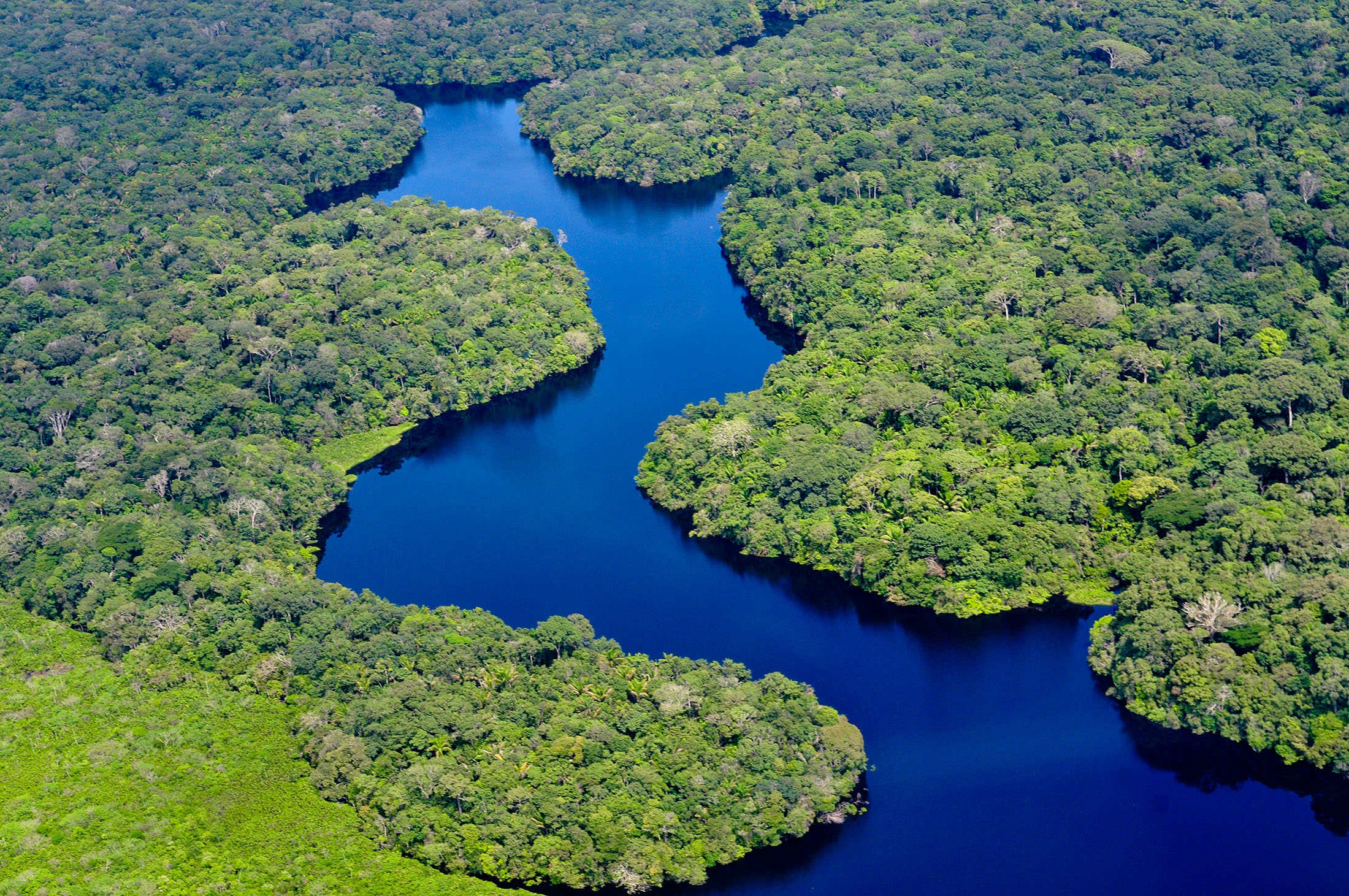

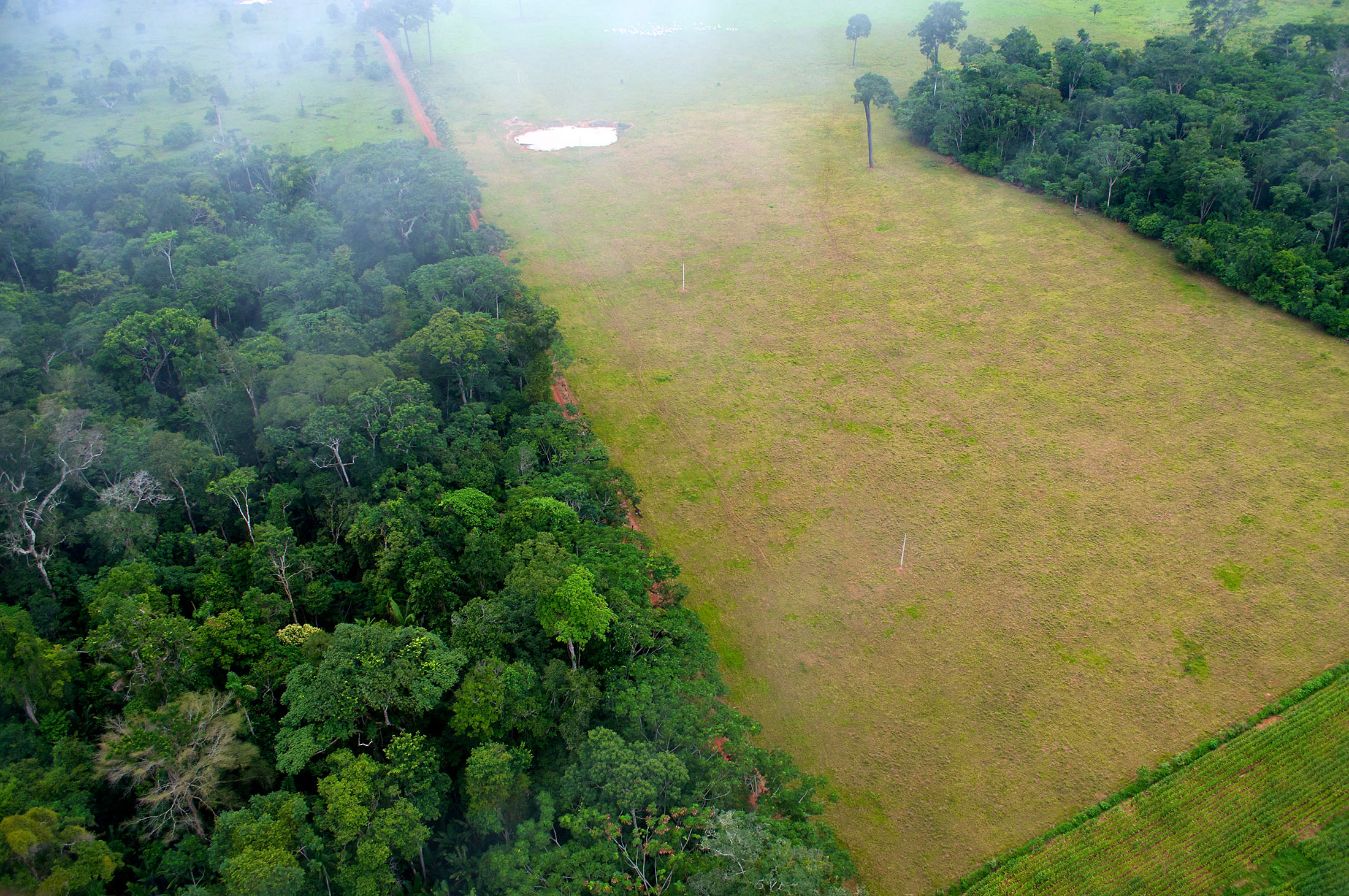
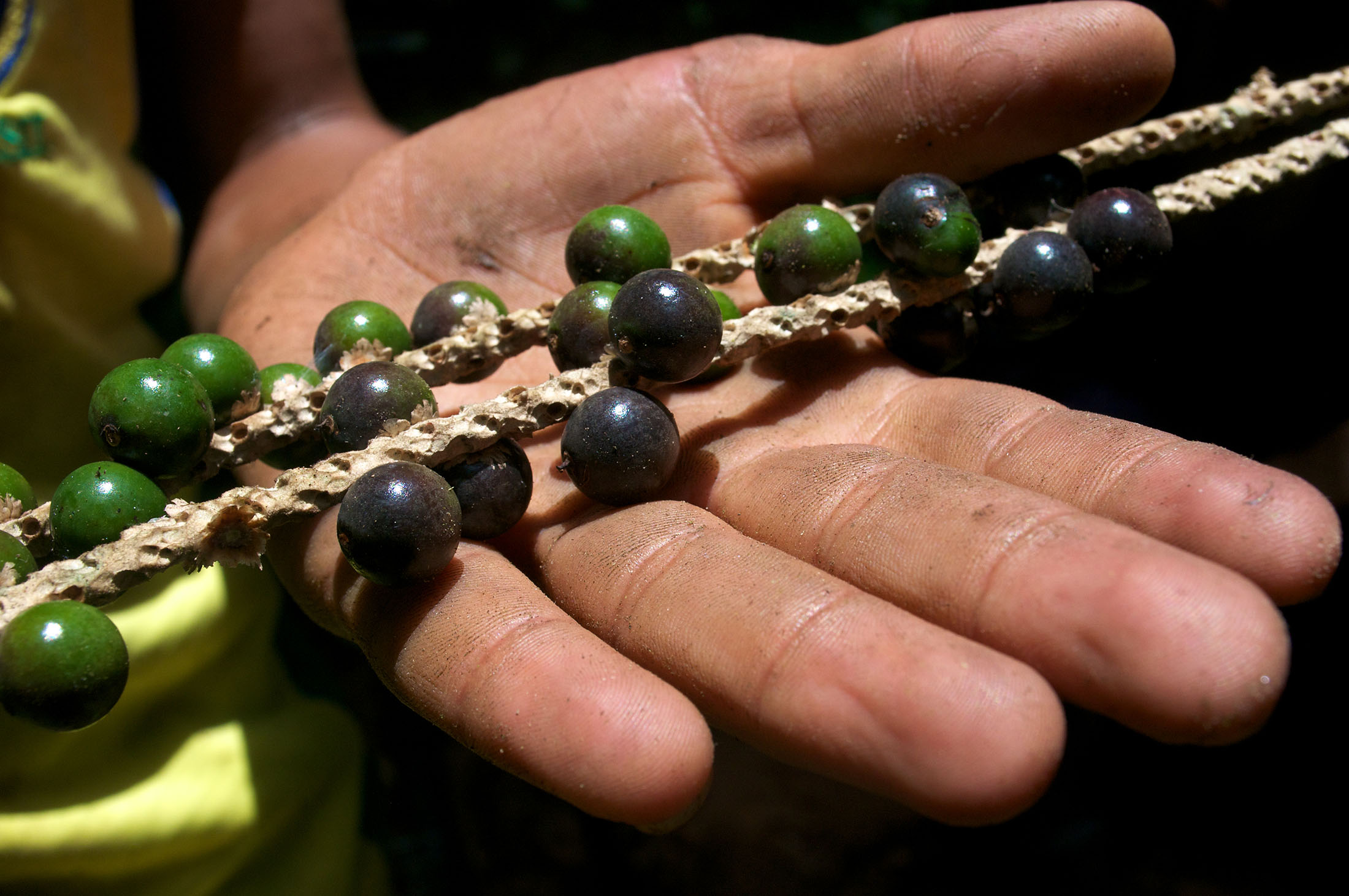
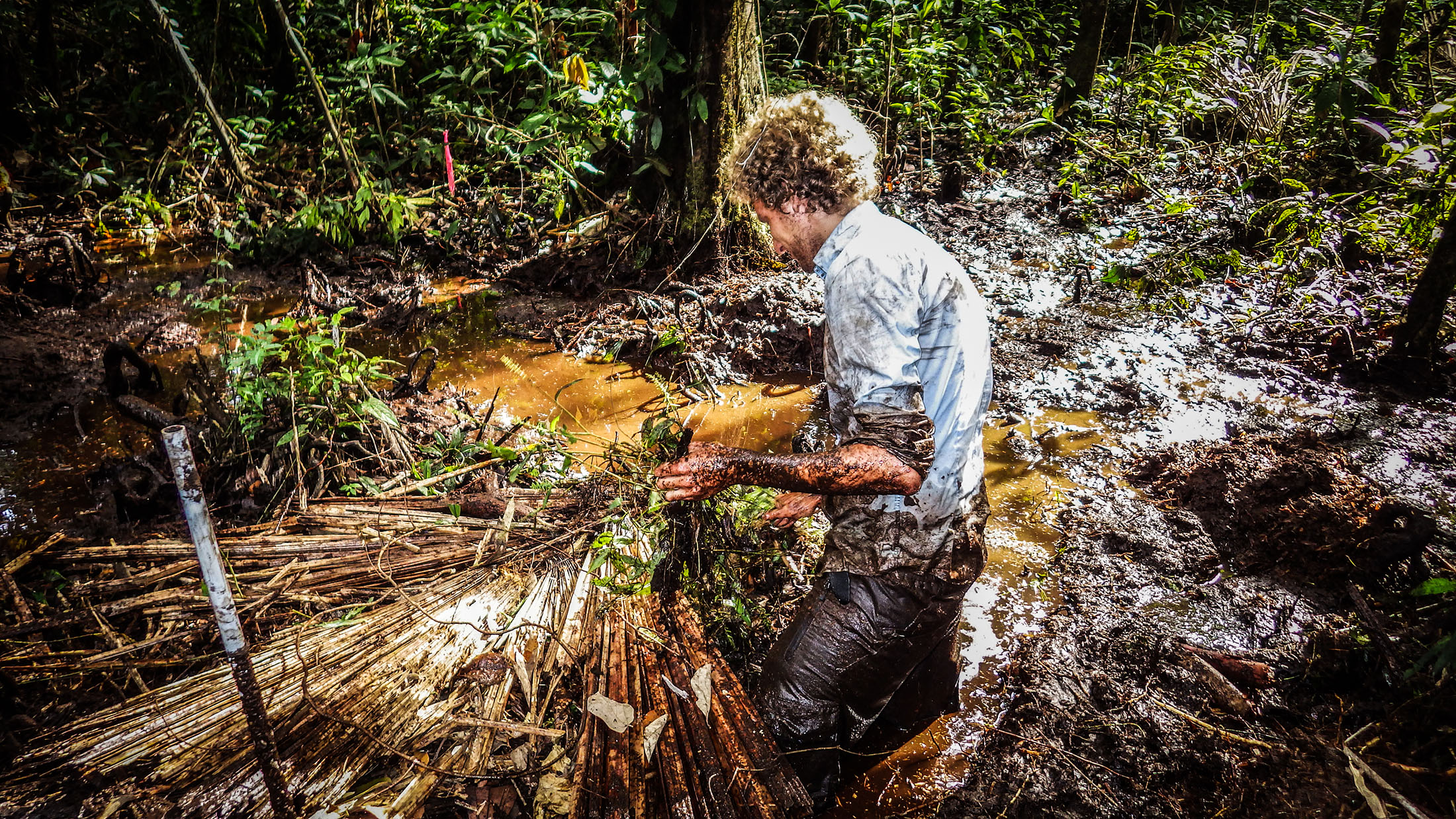
Congo, the Pristine
The Congo river basin is home to the second largest continuous rainforest on the planet, the least explored and, scientists are finding, the most powerful in terms of carbon absorption. It also has the largest tropical peatland on Earth.
Most of the Congo Basin forest is found in the Democratic Republic of Congo (DRC), which has one of the fastest growing populations in the world, widespread poverty, and accounts for most of the five million tons of wild meat that are consumed annually in the region.
The main drivers of forest loss in the DRC are the informal sectors: slash-and-burn agriculture, charcoal and fuelwood production, logging and mining; the latter, undertaken mostly for subsistence purposes, but also to fund armed groups along the country’s eastern border.
Meanwhile, in countries like Cameroon, industrial rubber, palm oil plantations, and poorly managed selective logging operations are making inroads at the expense of forests, creating new challenges for their conservation and sustainable management.
Priorities to protect the Congo Basin include factoring ecosystem values into decision-making processes; providing alternatives for the millions of people engaged in the informal sectors; and improving governance, land-use planning, and tenure security, also for Indigenous people.

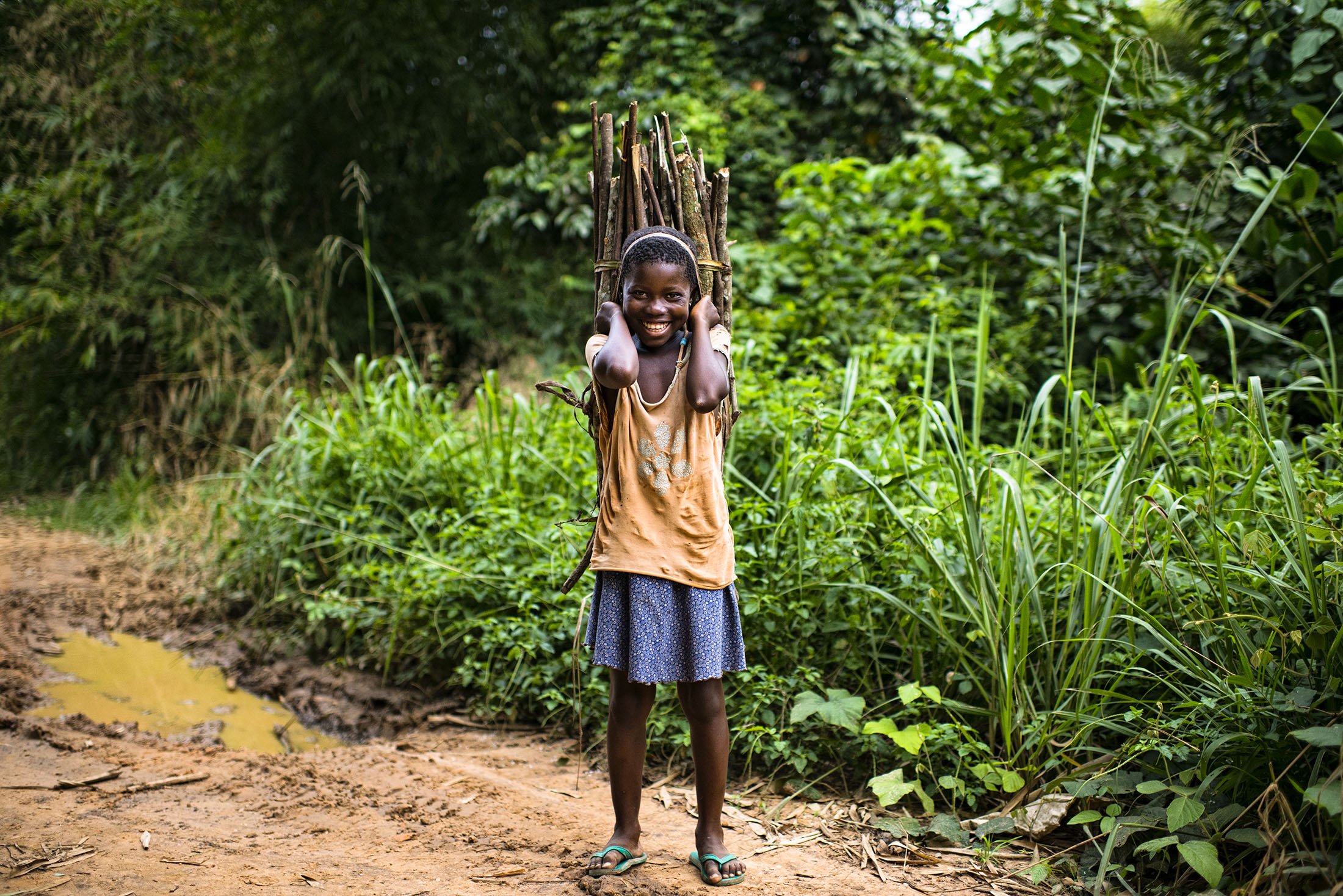
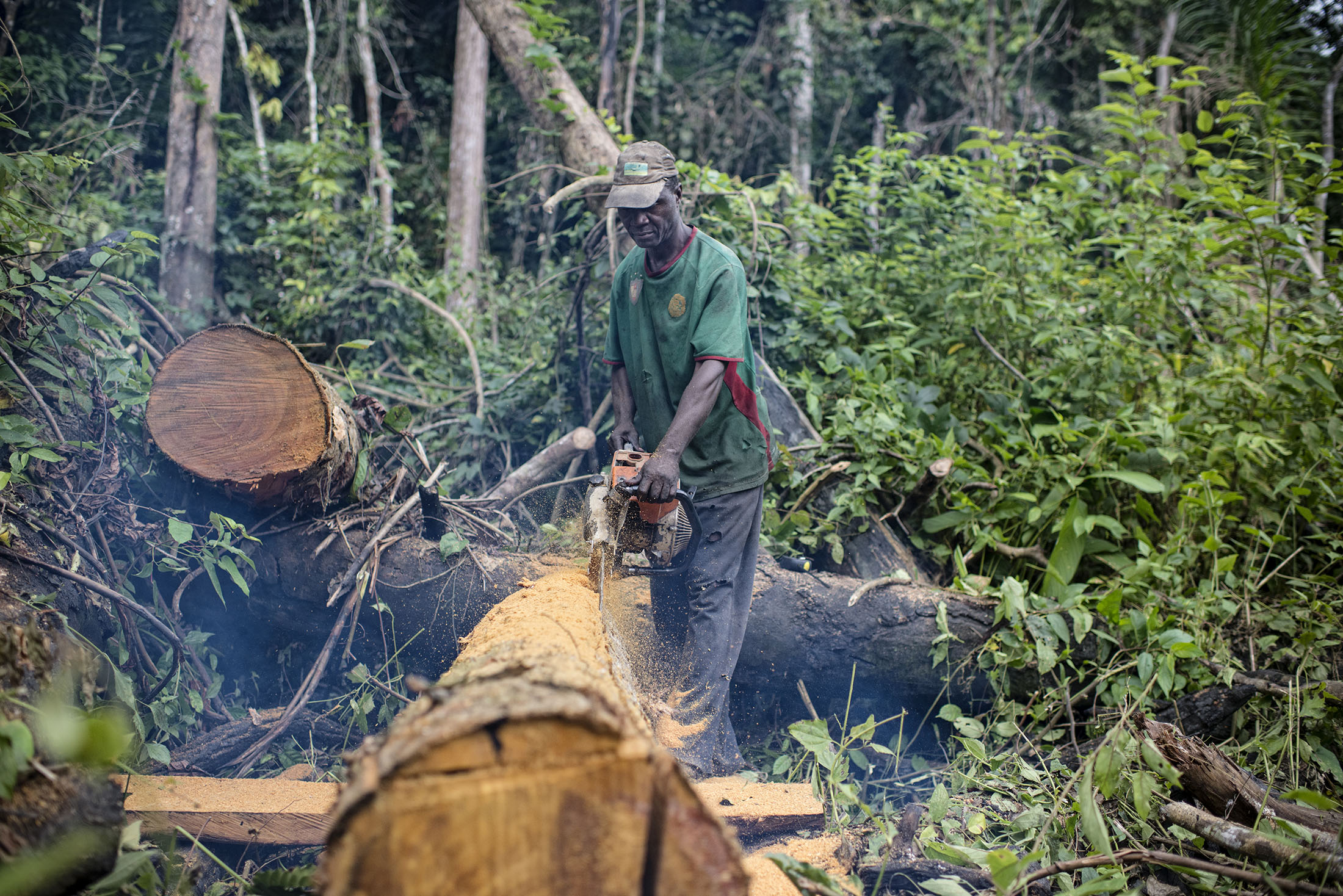
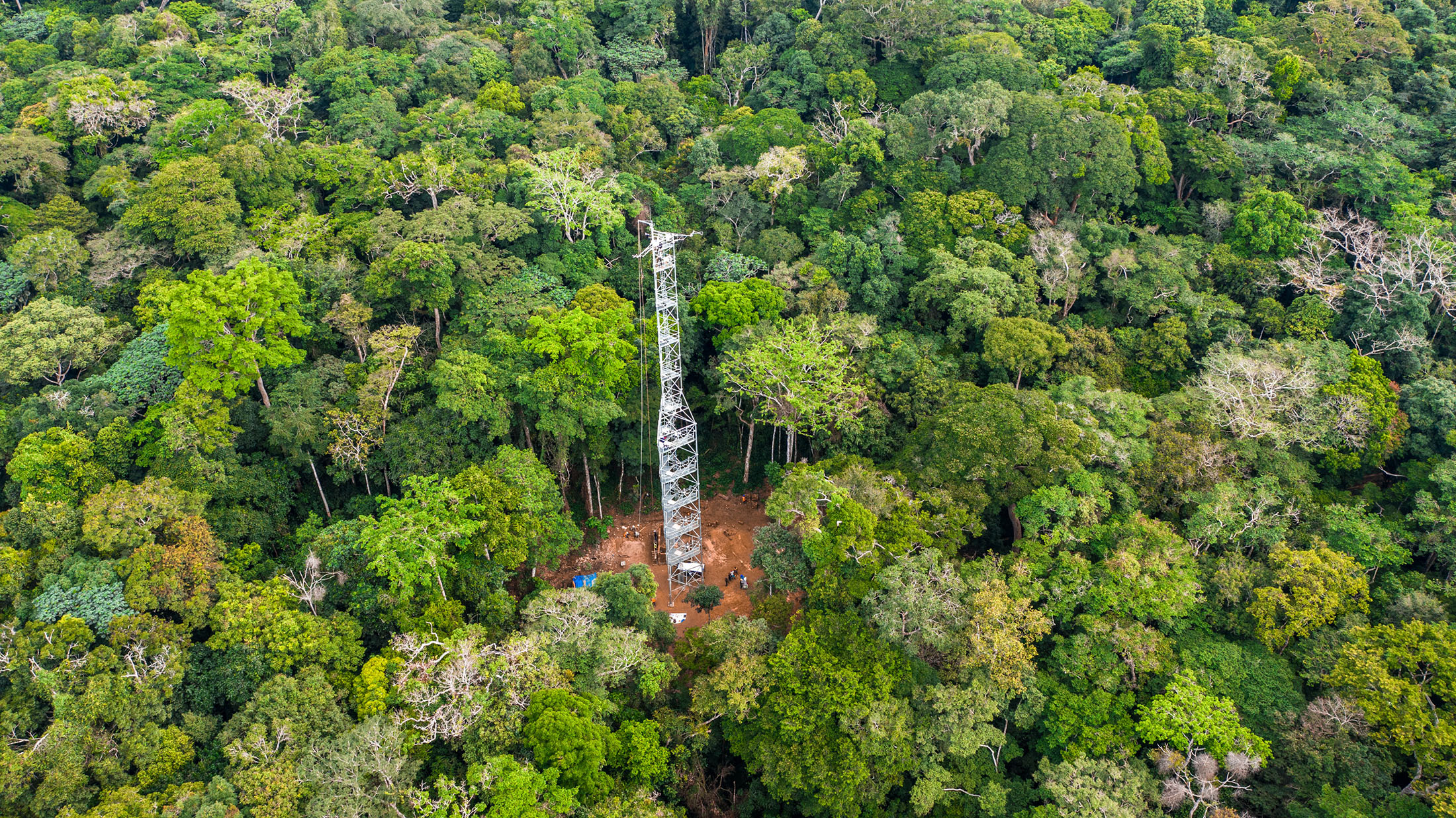
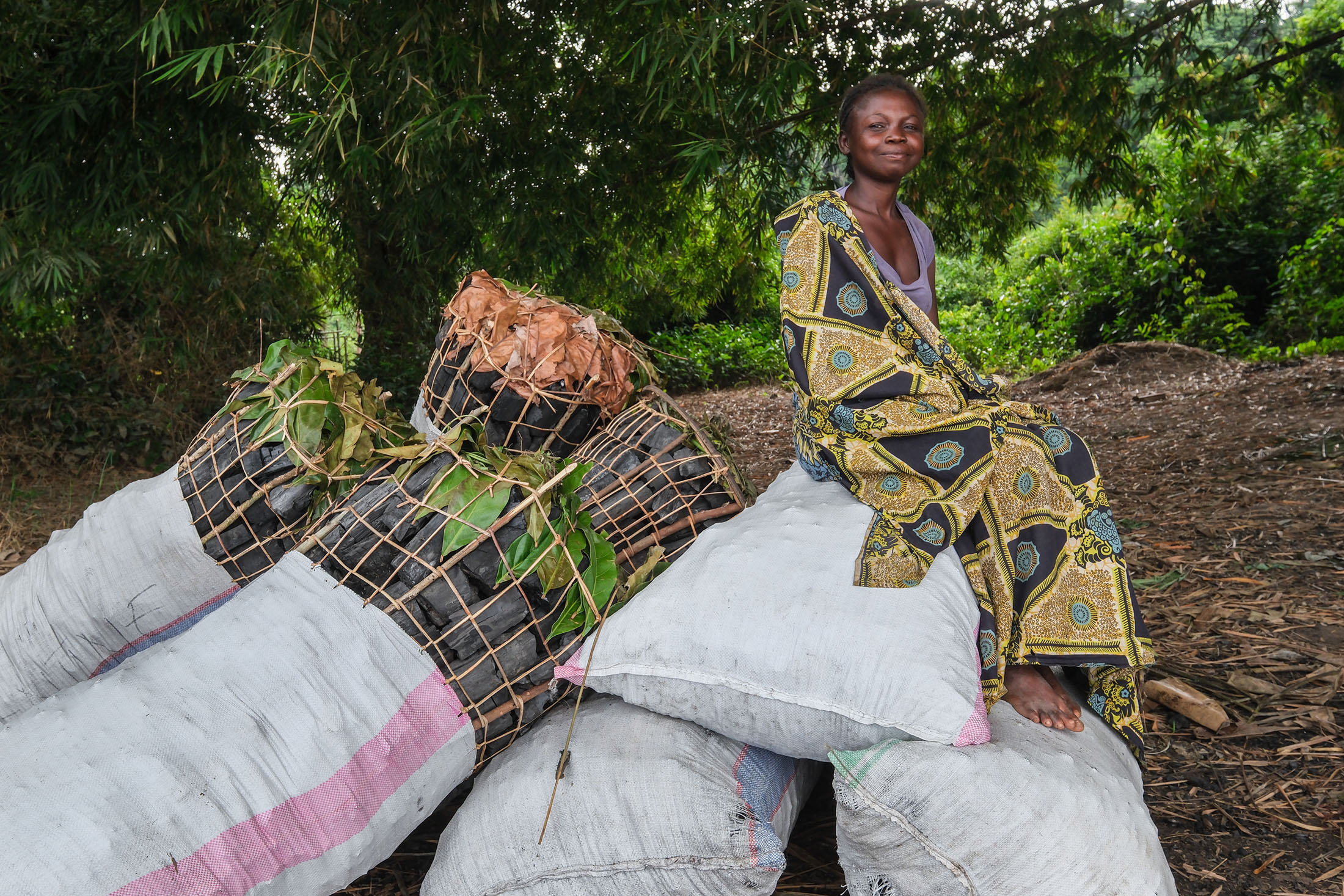
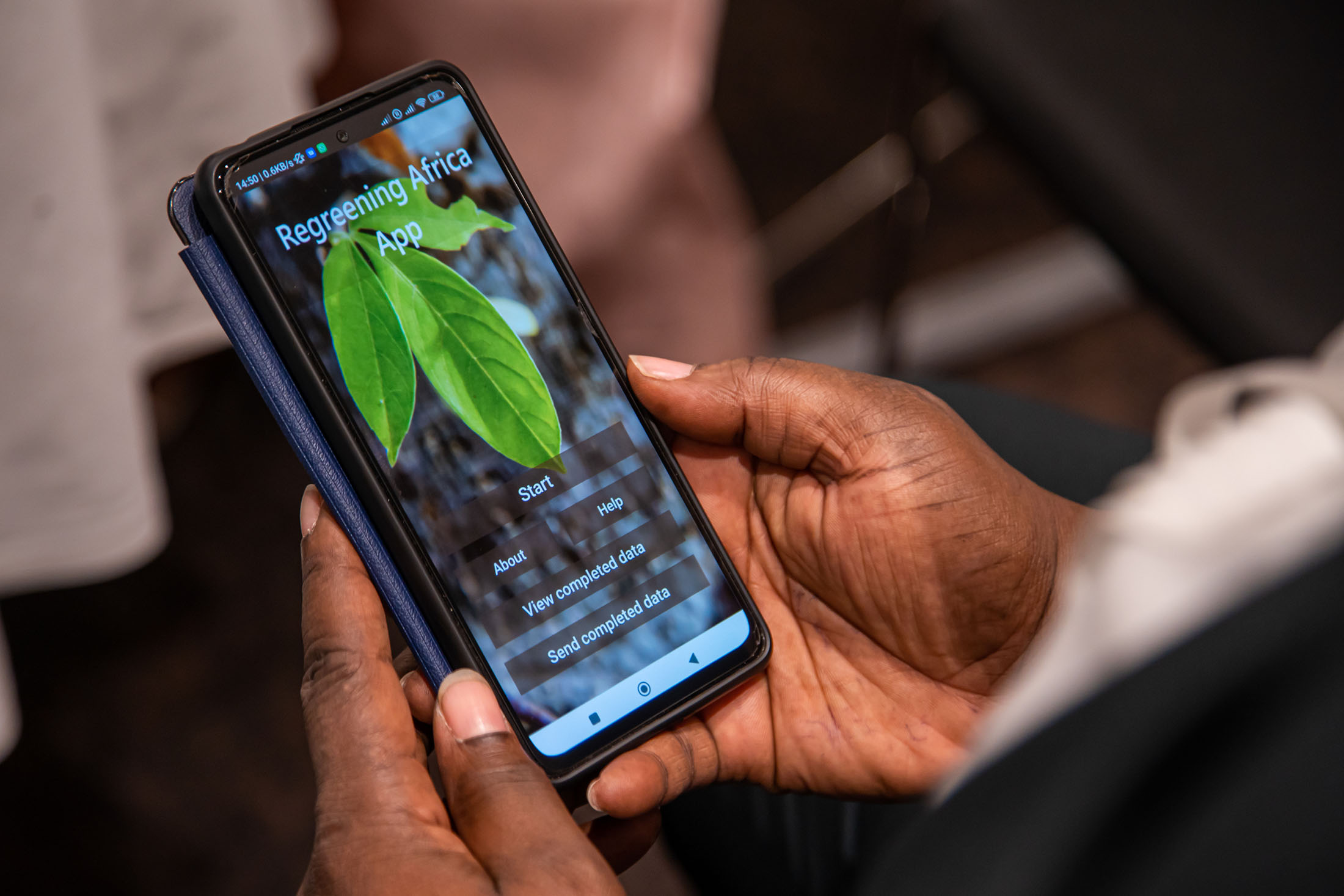
Southeast Asia, the Ancient
The forests in Southeast Asia are some of the oldest on Earth, and the only place where one can find elephants, tigers, rhinos and orangutans under the same canopy. Most of the world’s third largest tropical forest is in Indonesia, with contiguous tracts remaining mainly in the islands of New Guinea and Borneo.
Over the past decades, global demand for palm oil and paper pulp —the raw material for products like viscose clothes and cellophane paper—, as well as logging, dam construction, and mining activities, have led to the disappearance of much of the forests across the region.
However, Indonesia has significantly reduced the rates of deforestation in recent years. The country is investing in the traceability of agricultural commodities, and is engaging in transboundary efforts to combat the haze pollution caused by the burning of forests and peatlands.
In Southeast Asia, and around the world, there are efforts underway to improve policies and land-use planning in line with human rights and the latest science; to enhance the transparency of supply chains; and to create financial incentives with a view to securing the wellbeing of the people —and the future of forests.
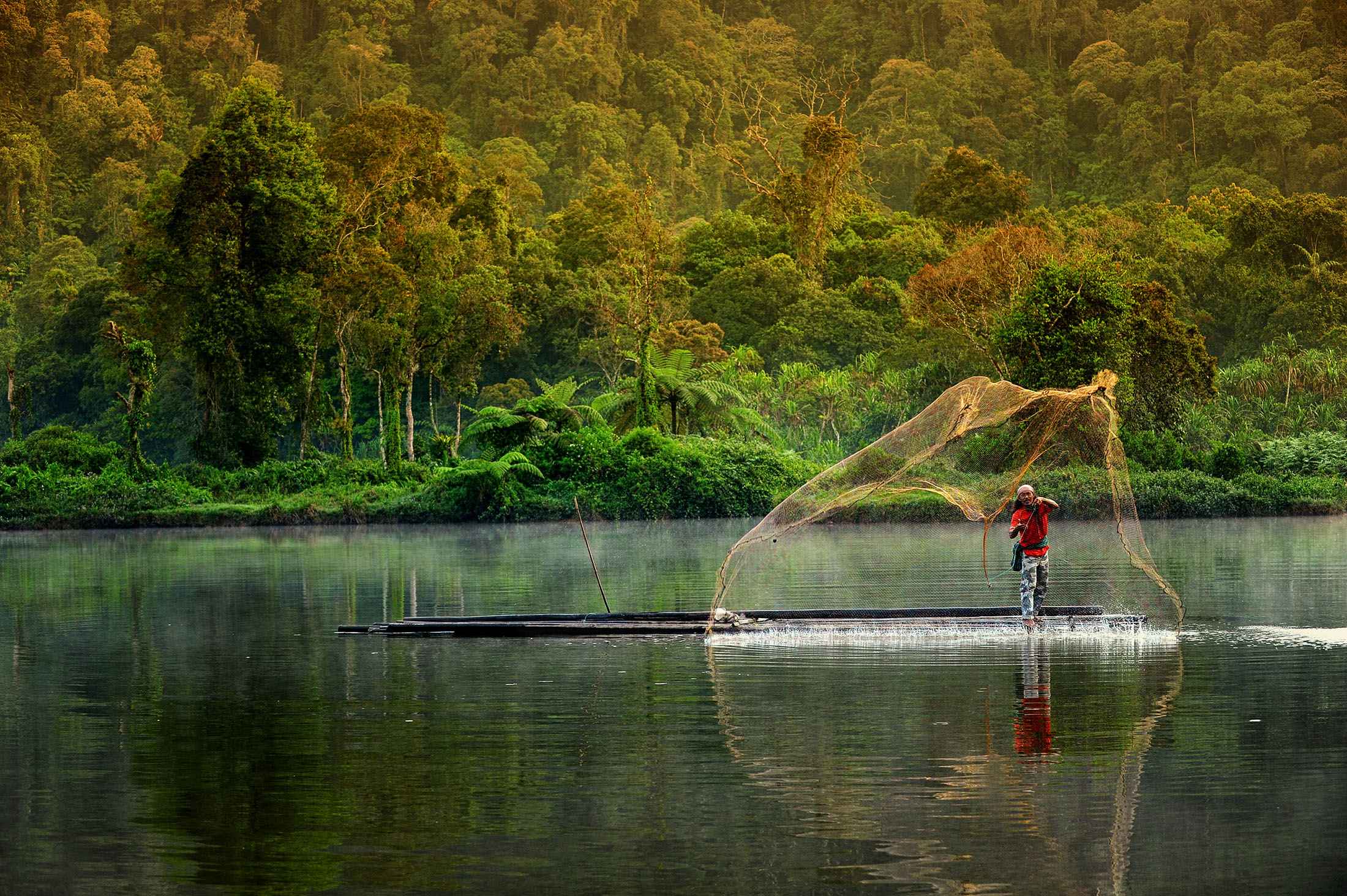
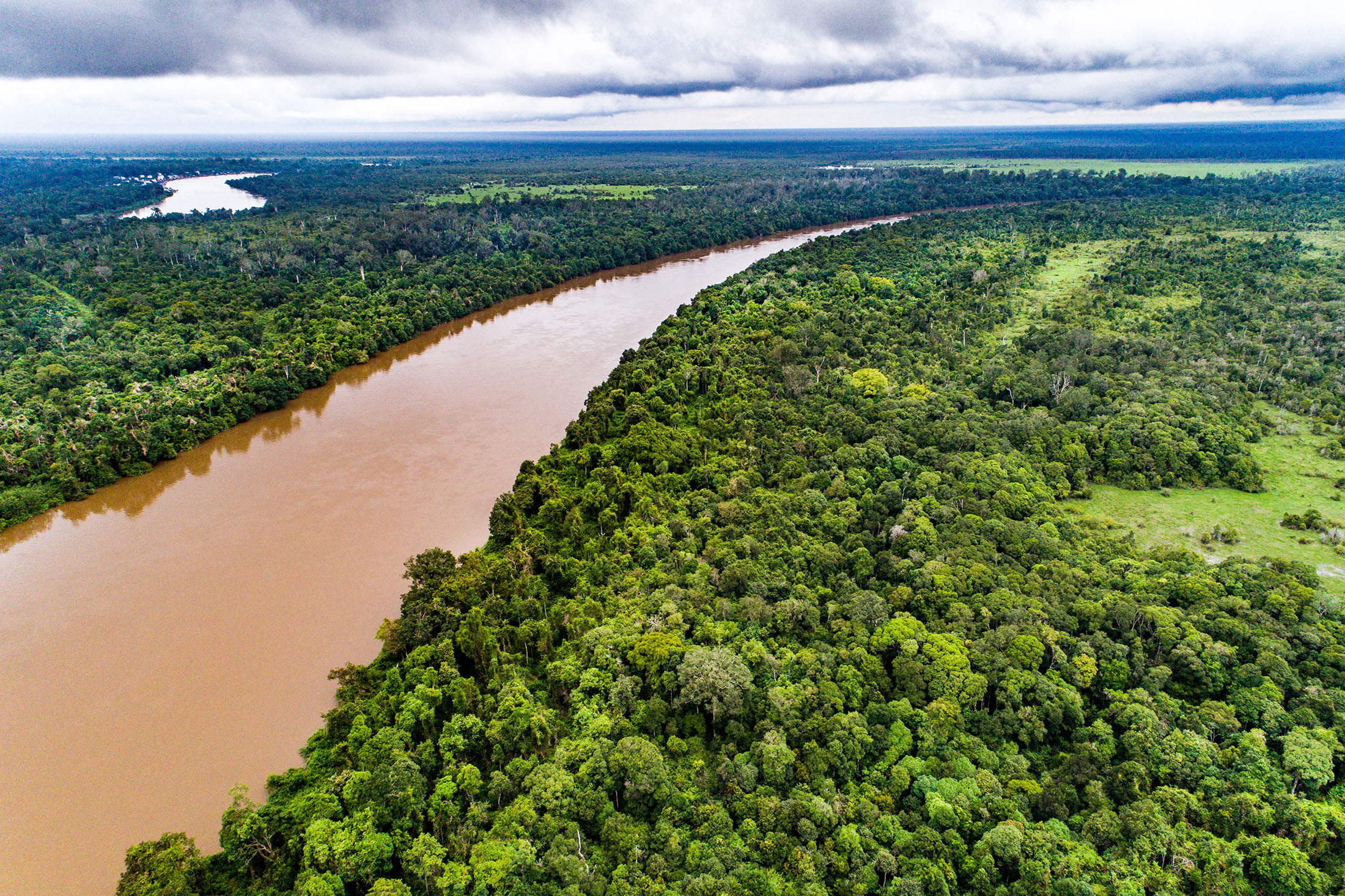
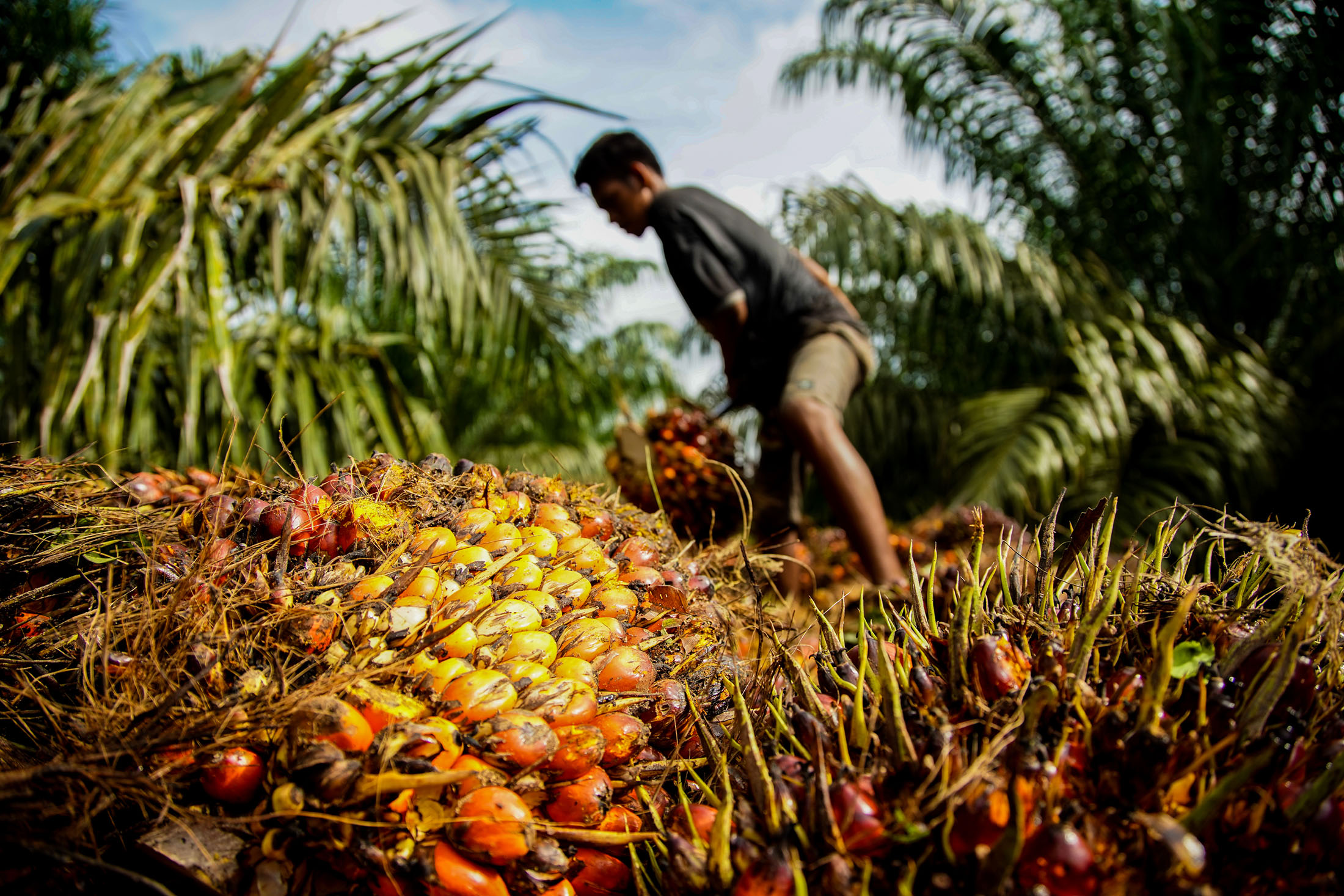
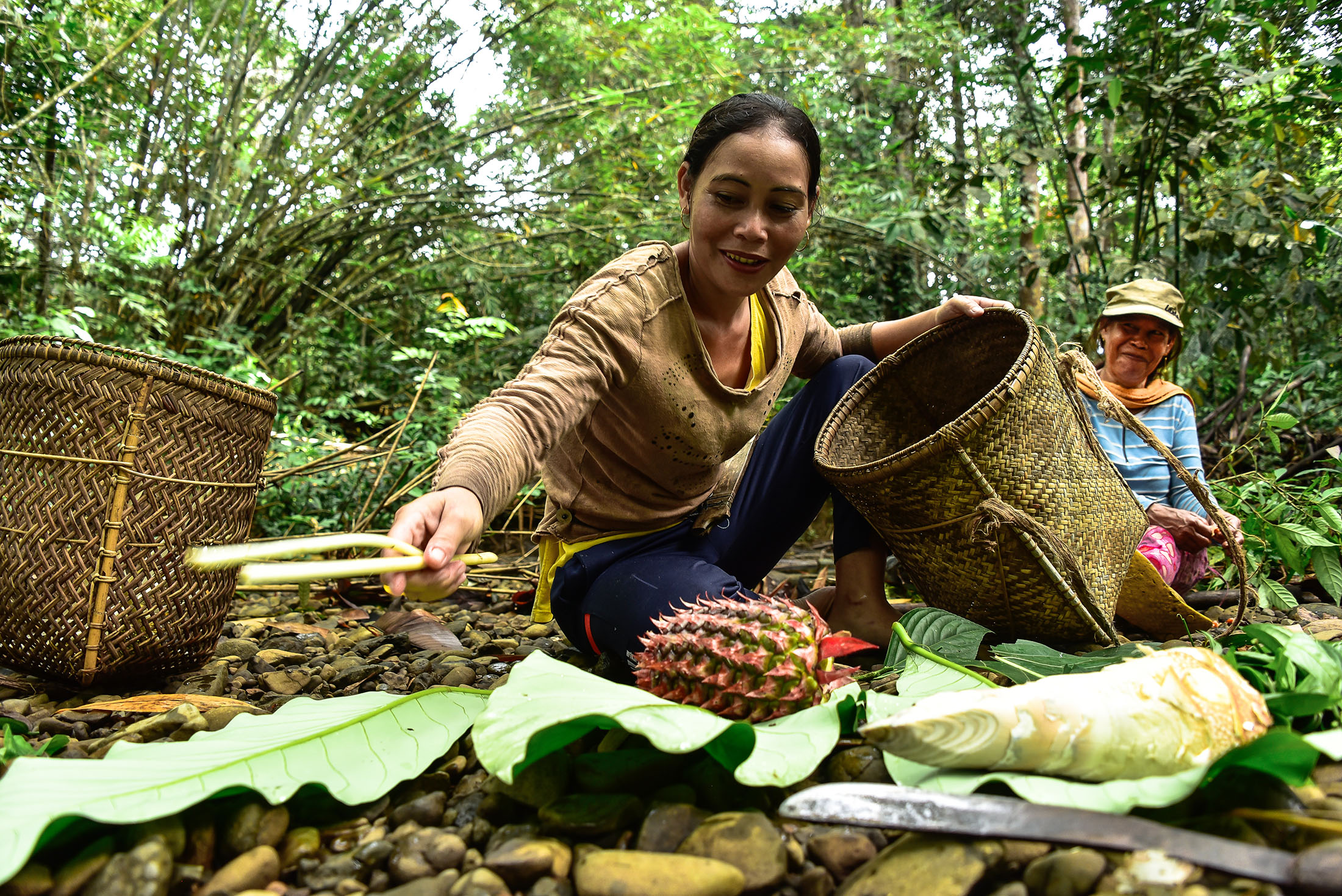
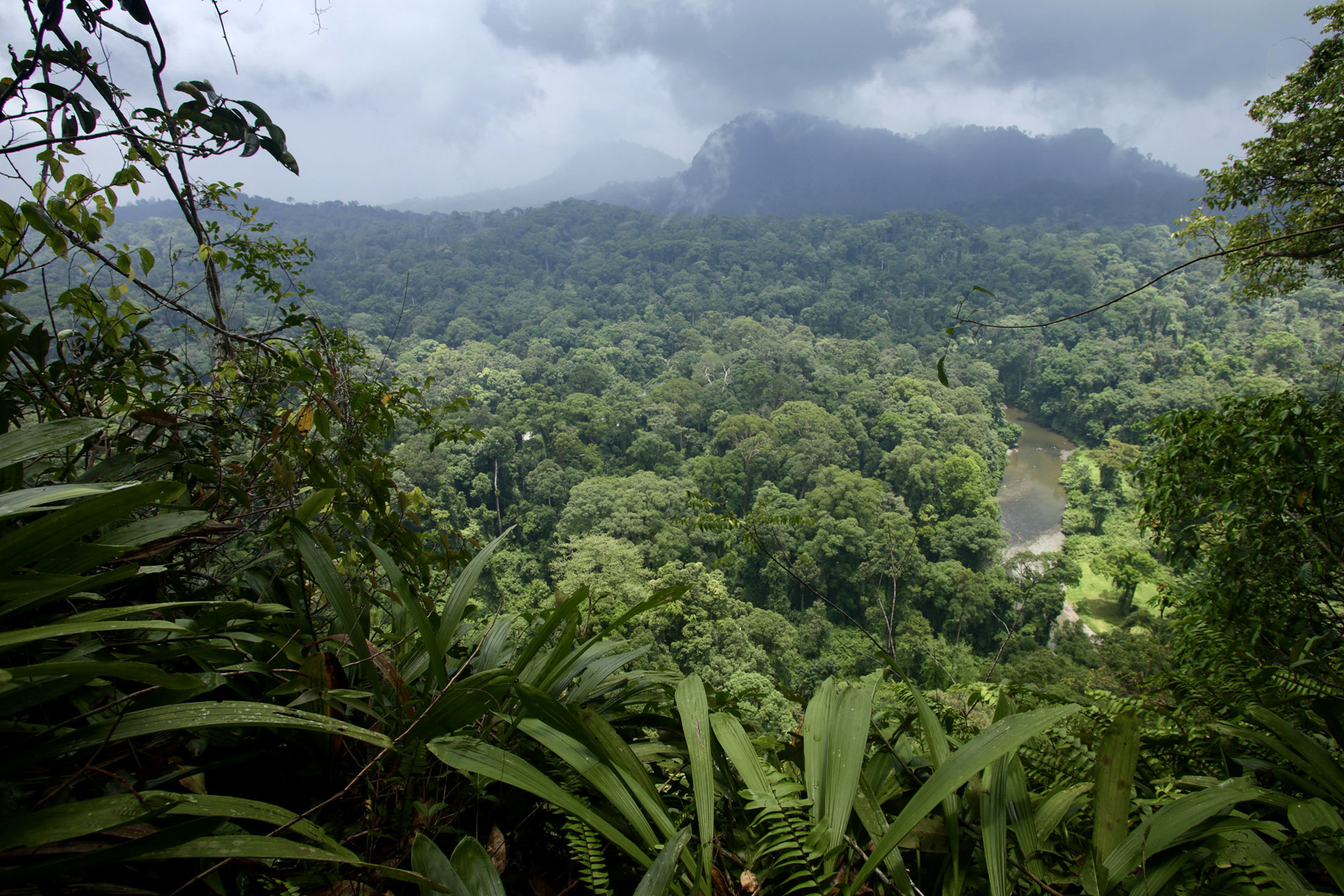
Story development: Gloria Pallares | Video production: Aris Sanjaya | Web design: Gusdiyanto | Publication coordination: Monica Evans
We want you to share Forests News content, which is licensed under Creative Commons Attribution-NonCommercial-ShareAlike 4.0 International (CC BY-NC-SA 4.0). This means you are free to redistribute our material for non-commercial purposes. All we ask is that you give Forests News appropriate credit and link to the original Forests News content, indicate if changes were made, and distribute your contributions under the same Creative Commons license. You must notify Forests News if you repost, reprint or reuse our materials by contacting forestsnews@cifor-icraf.org.







